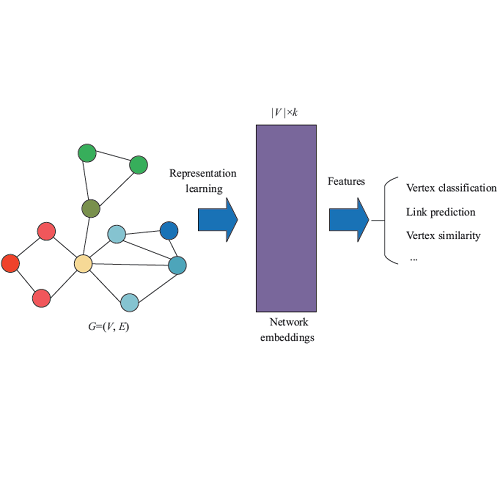From the perspective of tree, we design a length-flexible coding scheme. For an arbitrary code length, we first construct a balanced binary tree (BBT) where the root node represents a transmitted codeword, the leaf nodes represent either active bits or frozen bits, and a parent node is related to its child nodes by a length-adaptive (U+V|V) operation. Both the encoding and the successive cancellation (SC)-based decoding can be implemented over the constructed coding tree. For code construction, we propose a signal-to-noise ratio (SNR)-dependent method and two SNR-independent methods, all of which evaluate the reliabilities of leaf nodes and then select the most reliable leaf nodes as the active nodes. Numerical results demonstrate that our proposed codes can have comparable performance to the 5G polar codes. To reduce the decoding latency, we propose a partitioned successive cancellation (PSC)-based decoding algorithm, which can be implemented over a sub-tree obtained by pruning the coding tree. Numerical results show that the PSC-based decoding can achieve similar performance to the conventional SC-based decoding.
翻译:从树形结构出发,设计一种长度灵活的编码方案。对于任意的编码长度,我们首先构建一个平衡二叉树(BBT),其中根节点表示发射的码字,叶节点表示活动位或冻结位,父节点通过长度自适应的 (U+V|V) 操作与其子节点相关联。编码和基于 SC 的译码均可以在构建的编码树上实现。对于编码构造,我们提出了一种信噪比(SNR)依赖方法和两种 SNR 无关方法,所有这些方法都评估叶节点的可靠性,然后选择最可靠的叶节点作为活动节点。数值结果表明,我们提出的编码与 5G 极化码具有相当的性能。为了减少译码延迟,我们提出了一种分区 SC(PSC)基于译码算法,可以在剪枝编码树得到的子树上实现。数值结果表明,基于 PSC 的译码可以达到与传统 SC 的译码相似的性能。


